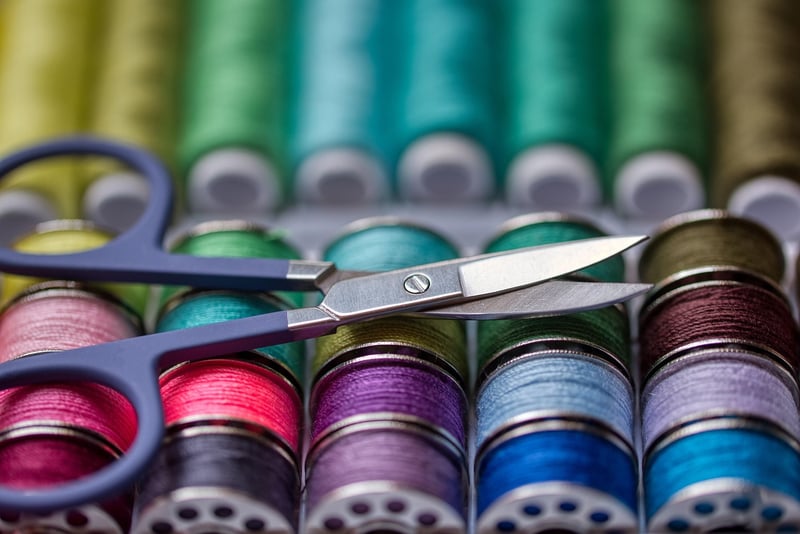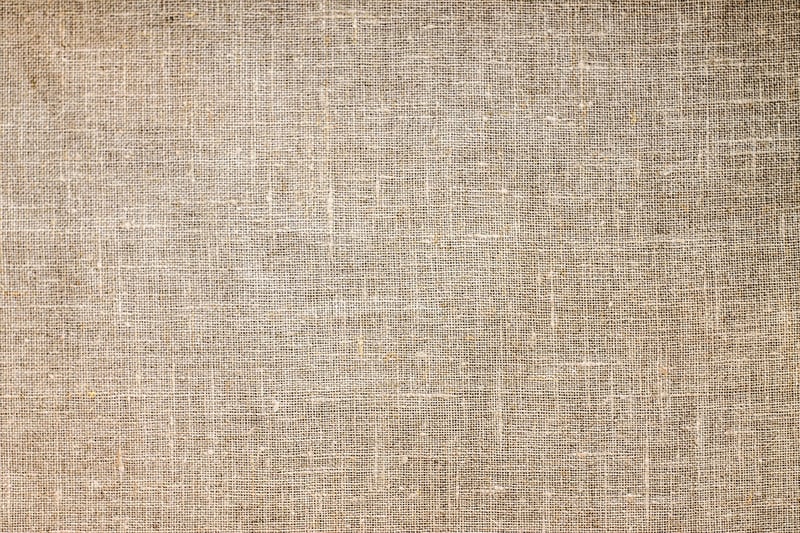Textile Renewal Projects
The Art of Upcycling in the Fashion Industry
In recent years, the fashion industry has been undergoing a transformation towards more sustainable practices. One of the key concepts driving this change is upcycling. Upcycling is the process of transforming old or discarded materials into new products of higher quality and environmental value. This creative approach not only reduces waste but also gives new life to items that would have otherwise been thrown away.
Benefits of Upcycling in Fashion
Upcycling in the fashion industry offers a range of benefits, both to the environment and to consumers. By upcycling materials, fashion brands can reduce their reliance on virgin resources, lowering their carbon footprint and minimizing the impact of production on the planet. Consumers, in turn, have the opportunity to own unique, one-of-a-kind pieces that tell a story and contribute to a more sustainable future.
Textile Renewal Projects
Textile renewal projects play a crucial role in upcycling within the fashion industry. These projects focus on repurposing textile waste, such as old garments or fabric scraps, into new products. Through innovative design techniques and creative thinking, designers can create stylish and eco-friendly clothing, accessories, and home goods.
Examples of Textile Renewal Projects
- Patagonia Worn Wear: Patagonia's Worn Wear program encourages customers to repair, reuse, and recycle their clothing to extend its lifespan.
- Ecoalf Upcycling: Ecoalf creates high-quality fashion pieces using recycled materials, including plastic bottles and discarded fishing nets.
- Reformation Sustainability: Reformation incorporates upcycled and deadstock fabrics into their collections, reducing waste and water usage in the process.
Embracing Sustainable Fashion
As consumers become more conscious of the environmental impact of their purchasing decisions, the demand for sustainable fashion continues to grow. Through upcycling and textile renewal projects, the fashion industry is moving towards a more circular economy, where resources are reused and repurposed to minimize waste and promote longevity.
By supporting brands and initiatives that prioritize upcycling and sustainable practices, consumers can play a vital role in shaping a more eco-friendly future for the fashion industry.


